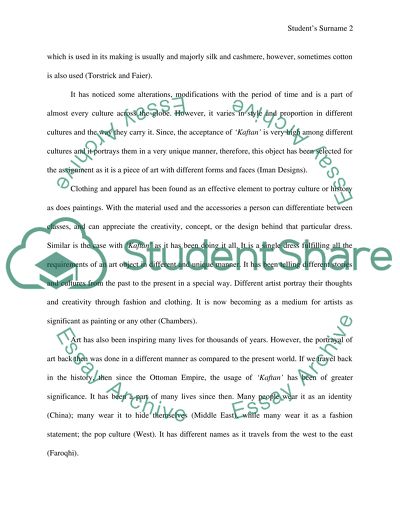Cite this document
(“Exploring an art Object Essay Example | Topics and Well Written Essays - 2500 words”, n.d.)
Retrieved from https://studentshare.org/visual-arts-film-studies/1489266-exploring-an-art-object
Retrieved from https://studentshare.org/visual-arts-film-studies/1489266-exploring-an-art-object
(Exploring an Art Object Essay Example | Topics and Well Written Essays - 2500 Words)
https://studentshare.org/visual-arts-film-studies/1489266-exploring-an-art-object.
https://studentshare.org/visual-arts-film-studies/1489266-exploring-an-art-object.
“Exploring an Art Object Essay Example | Topics and Well Written Essays - 2500 Words”, n.d. https://studentshare.org/visual-arts-film-studies/1489266-exploring-an-art-object.


